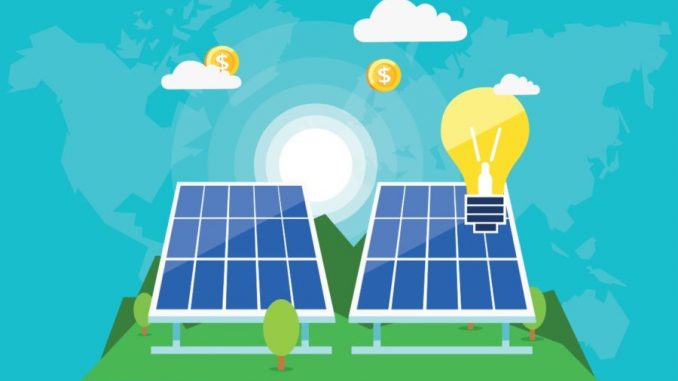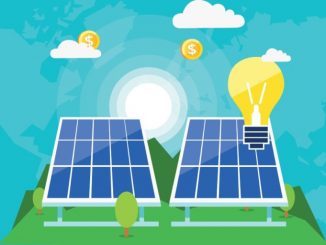
New resource examines solar decommissioning
Falling equipment costs coupled with increased demand for clean energy have led to a rapid rise in solar development over the past decade, a trend expected to continue, especially in rural areas, according to a new resource guide from the Center for Rural Affairs.
“Solar projects are often located in rural areas and can provide numerous benefits to nearby communities, including lease payments to landowners, increased tax revenue, and job creation,” said Heidi Kolbeck-Urlacher, senior policy associate at the Center, author of the guide. “But local governments also need to think about what happens to the sites that reach the end of their life cycles.”
Decommissioning requirements can be set by states and counties, and landowners and developer agreements may also set additional requirements. Enacting siting or zoning standards helps ensure solar development is supported by local residents, Kolbeck-Urlacher said.
“It is important for local governments to plan ahead for solar decommissioning and create ordinances that spell out expectations and obligations,” Kolbeck-Urlacher said. “This ensures that financial responsibility for decommissioning falls to the project owner and not the county and landowners.”
But it’s not just the financial aspect of decommissioning that needs to be considered, but what happens to the equipment.
The Center’s new “Decommissioning Solar Energy Systems Resource Guide” outlines several management options, including extending the performance period through reuse, refurbishment, or repowering of the facility or fully discontinuing operations and decommissioning the project. It also offers recommendations of what information should be included in decommissioning plans.
According to the U.S. Department of Energy, 75% of all U.S. solar capacity has been installed in the past five years. With a lifespan of 25 to 35 years, most panels are still operational. Even with a plan in place, the report stresses the importance of periodic plan reviews to accommodate necessary changes in cost estimates, technology, and the availability of recycling services.
For more information, or to view the Decommissioning Solar Energy Systems Resource Guide, visit cfra.org/publications.



Be the first to comment